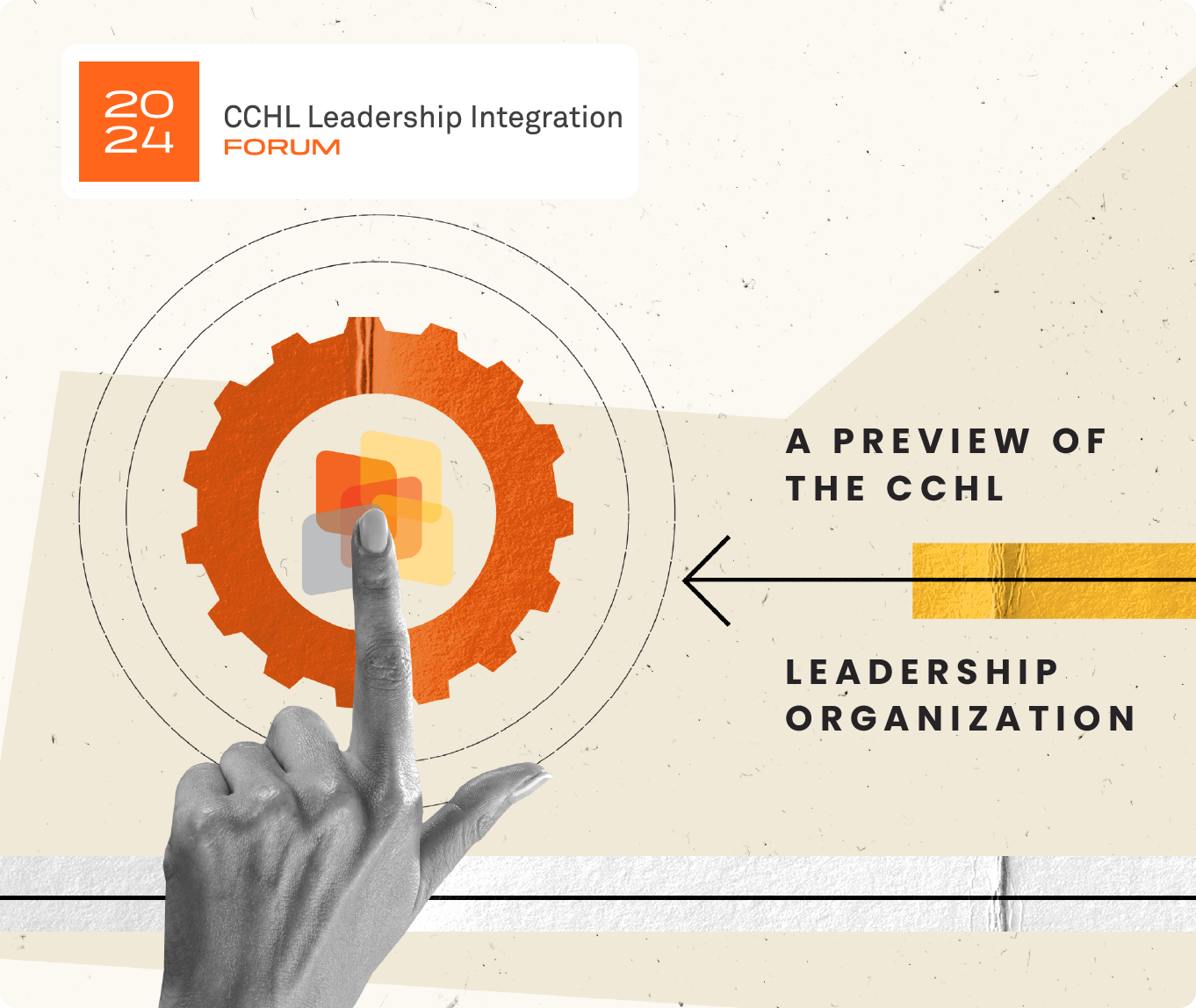Developing, Supporting and Inspiring Canadian Health Leaders.
The Canadian College of Health Leaders (CCHL), a national member-driven non-profit association, is the connected community that develops, supports, and inspires health leaders across Canada. The College strives to provide the leadership development, tools, knowledge and networks that members need to become high impact leaders in Canadian healthcare.
Professional Development
The LEADS in a Caring Environment Capabilities Framework provides a foundation for health leadership development in Canada. The framework defines the knowledge, skills, and attitudes a leader needs to successfully contribute to an effective Canadian health system.
CHE Program
The Certified Health Executive (CHE) Program is the only leadership designation in Canada for all health leaders. The CHE is aligned to the LEADS Domains which supports self-directed, life-long learning.
Learn More
Mentorship
Relationship building and knowledge sharing between leaders with different levels of experience and expertise.
Learn MoreE-Learning
A collaborative library of e-learning resources developed across Canada and designed to refine leadership skills.
Learn MoreLatest E-Learning Webinars
View All Webinars
Connecting Health Leaders
A network of health leaders and corporate, academic and organizational partners from across Canada.
An online community where CCHL members can connect, learn, and develop.
Learn More
Local connections and career development opportunities with 20 chapters across Canada.
Learn MoreLatest Events
Developing Careers
Entry-level, mid-career and senior level leadership opportunities throughout Canada.
Latest
Latest News
Congratulations to the Outstanding 2024 Team and Organizational Award Recipients
April 24, 2024CCHL Recognizes Workforce Edge Consulting for their Outstanding Corporate Membership
April 24, 2024Get Involved

Become a Partner
Through advertising and sponsorship create brand awareness and reach health leaders, at all career levels, in every health sector and region in Canada.
Learn More





